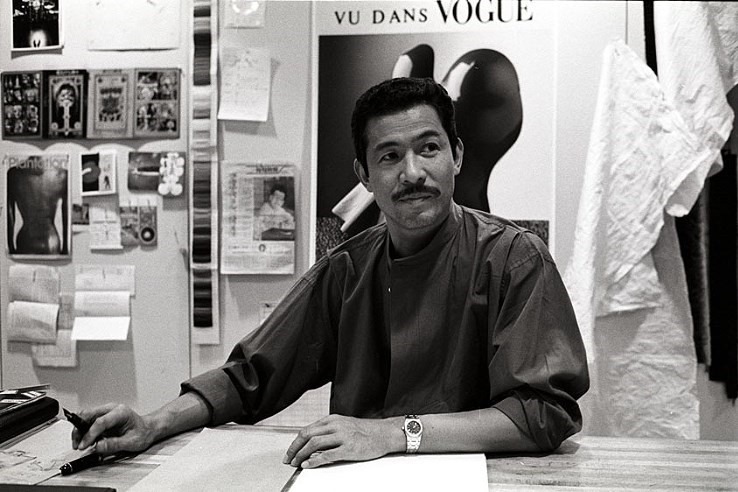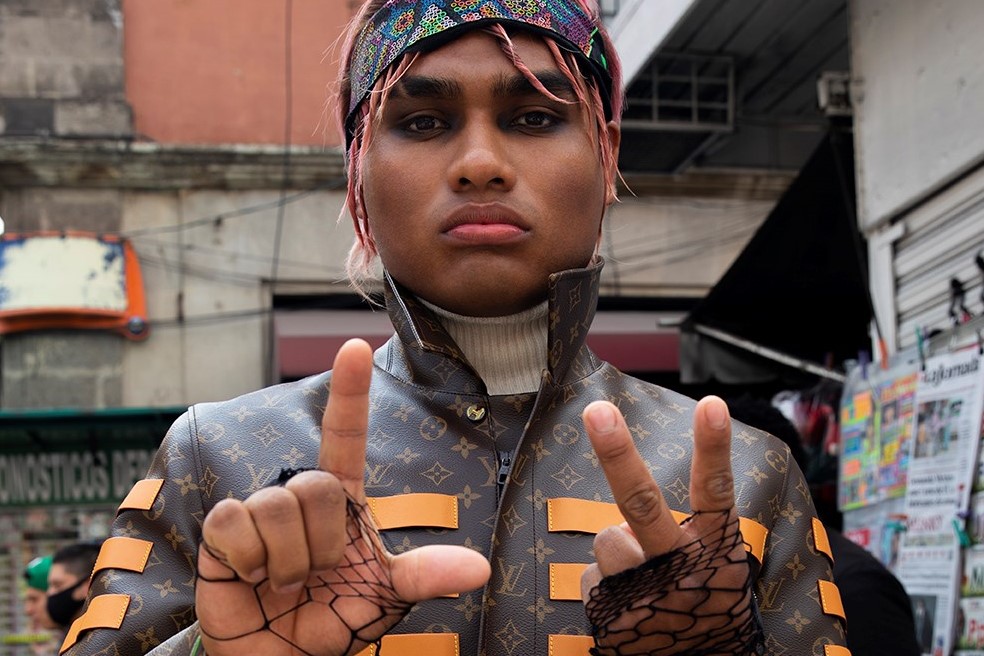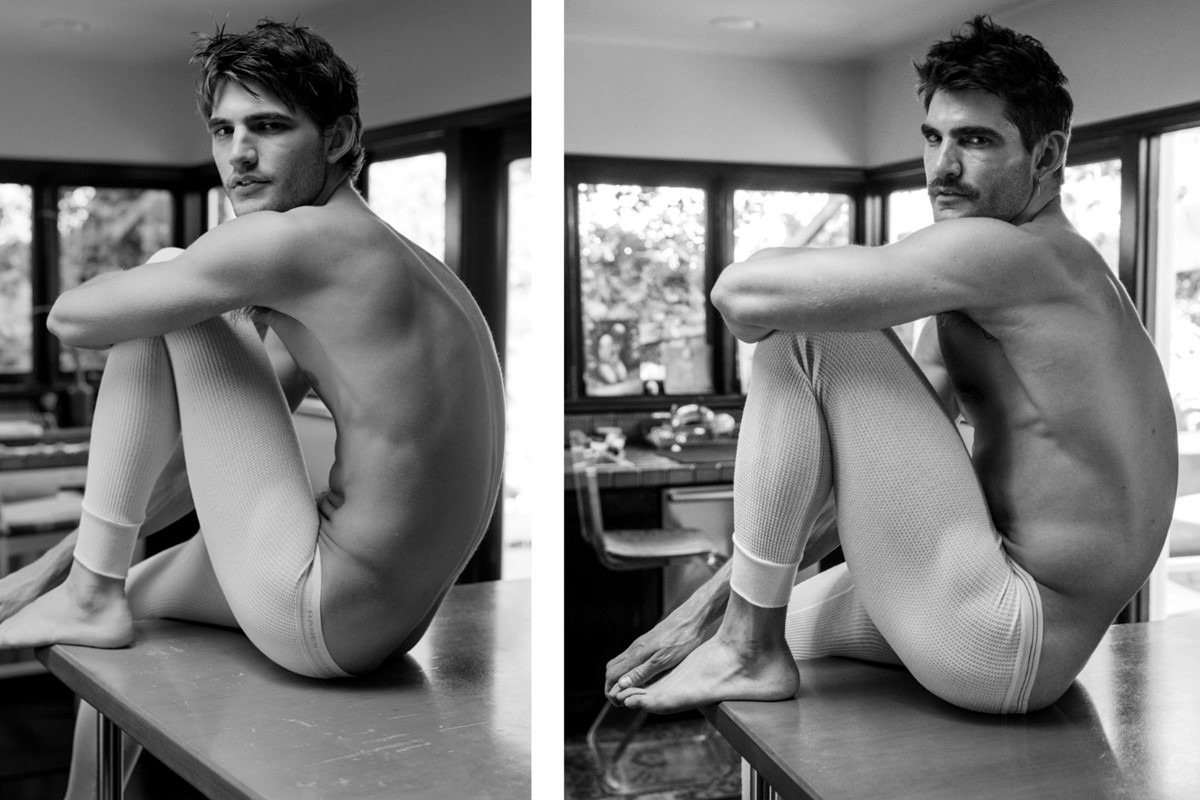
Legendary fashion designer Issey Miyake has died
The beloved innovator and ‘Prince of Pleats’ passed away at 84
Issey Miyake, the ebullient designer beloved for material innovation and buoyant fashion shows, has died at the age of 84. Japan’s Kyodo News outlet announced that Miyake had passed away on August 5 in a hospital in Tokyo surrounded by family and friends following a liver cancer diagnosis. Practical and poetic in equal measure, his work became a cornerstone of contemporary dress, shaking the foundations of Paris’ salons in the 1980s with daring proportions and experimental textiles, while enriching everyday wardrobes with artful, wearable staples and signature pleats. Though he formally retired from fashion in 1997, he continued to oversee the creative direction of all the lines created by his company – among them Issey Miyake, Issey Miyake Fête, Pleats Please, and his accessories offshoot Bao Bao.
Born in Hiroshima on April 22 1938, Miyake had first imagined himself as an athlete or a dancer, which perhaps explain the premium he placed on freedom of movement. It was his sister’s fashion magazines, however, that inspired him to change tack. He later studied graphic design at the Tama Art University in Tokyo, graduating in 1964, before entering his designs into a fashion competition at the Bunka Fashion College, though he didn’t win on account of his pattern-making and sewing skills. Shortly after, he attended the Chambre Syndicale de la Haute Couture in Paris and was an apprentice to Guy Laroche and Hubert de Givenchy, drawing 50 to 100 sketches daily. Following a short stint in New York, where he became acquainted with artists like Christo and Robert Rauschenberg, he returned to Tokyo in 1970 to establish the Miyake Design Studio.




Alongside the likes of Rei Kawakubo and Kansai Yamamoto, Miyake was a protagonist of Japanese design, jostling to get a footing on the world’s stage throughout the 1980s. It was during this time that Miyake began to experiment with the Fortuny pleat, which would allow for flexibility of movement while signalling all the cachet of high-end design. The fabric’s ability to hold its pleats made it perfect for dancers, and Miyake sent 300 pieces to the Ballett Frankfurt, which led to development of his Pleats Please range in 1999. It would be ten years until Miyake launched a menswear equivalent Homme Plissé, which united performers, gallerists, musicians, and fashion-heads in elasticated waists, comfort, and craft. The process to make these “seihin pleats” can now be witnessed first-hand at the Homme Plissé flagship in Minami-Aoyama in Japan, which opened in July 2019.
Though his dozens of endeavours in fashion were distinct in their aesthetics, their attitude was by and large the same: intelligence, humanism, and a fascination with technology. ”I gravitated toward the field of clothing design, partly because it is a creative format that is modern and optimistic,” he wrote in the New York Times in 2008. ”I prefer to think of things that can be created, not destroyed, and that bring beauty and joy.” It was a design ethos embodied as much in black turtleneck jumpers, which served as Steve Jobs’ uniform, as much as it was in his 1994 Flying Saucer dress and minimalist, cloud-like columns of the 00s. In 2016, Miyake told The Guardian that “we call the people who make clothing couturiers – they develop new clothing items – but actually the work of designing is to make something that works in real life.”



